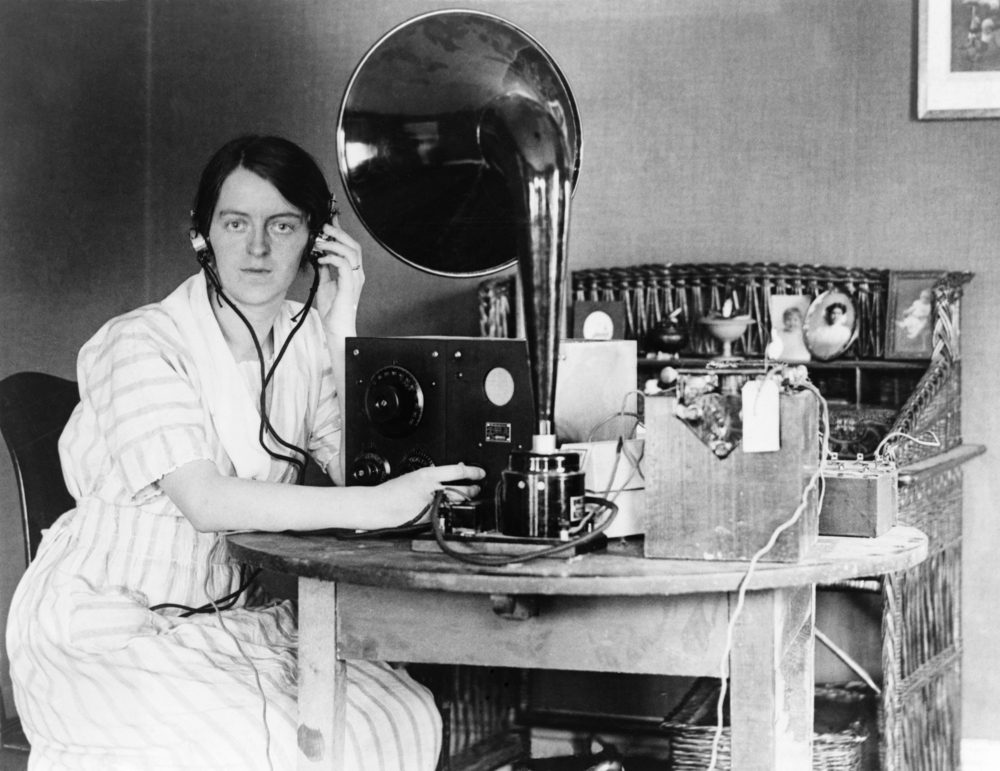
5. Telegraph/radio operators
When stock and commodity prices could be conveyed quickly across the country, the expansion of the nation’s telegraph system helped revolutionize several industries, such as commerce and finance.
These were considered to be early telecommunications and they helped to create a requirement for experienced operators. Women were hired as well, due to the fact that they had smaller hands, which were needed for the quick and precise work. As well as the fact that they could be paid less than men.
When the request for automobile tires was extremely big, the rubber industry, and also its jobs, expanded quickly. However, it suffered from overproduction and credit tightening as the Great Depression approached.
People who were working in factories in 1920 weren’t paid enough. For example, men were receiving 40 cents per hour, while women were paid even less, with only 25 cents an hour.
8. Cleaners and charwomen
Back in the 1920s, charwomen were responsible for cleaning office buildings, scouring the floors, and scrubbing the staircases. In conformity with a Massachusetts state survey from 1919, out of 200 buildings, it has been found that nearly all charwomen were paid less than $9 per week, significantly below the $11.65, which was the minimum wage.
However, during that time, the state legislature decided that women should work for 9 hours a day, but they considered them weak and in need of protection. Because of that, many buildings decided to fire the charwomen and replace them with men who were not subject to such limits.
TAKEAWAY
What do you think about the fact that women were not considered equal with men? Also, what do you think about the fact that they couldn’t have the jobs they wanted, but they were paid less than men when working in the same spot?
We want to know your thoughts, so make sure you leave a comment in the section down below!























